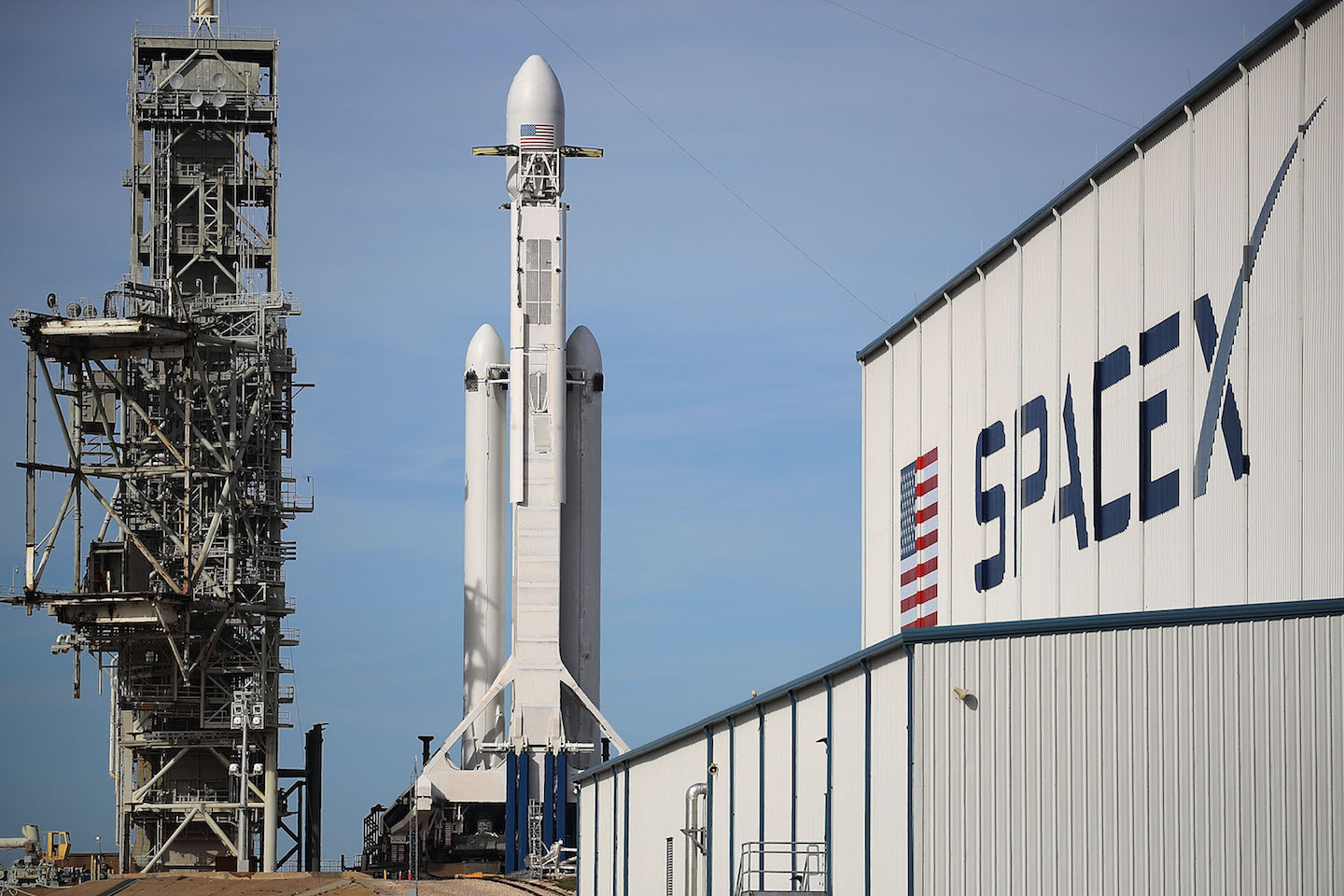The HAKUTO-R mission seeks to achieve the first commercial landing of a spacecraft on the Moon
SpaceX, billionaire Elon Musk’s space transportation company, is very close to bringing the first privately built lunar lander and rove to the Moon .
The takeoff of the Falcon 9 spacecraft was scheduled for today, but the company decided to postpone it, citing the need for additional checks before the flight.
“Following further inspections of the launch vehicle and review of data, SpaceX is withdrawing from the Falcon 9 launch of the ispace HAKUTO-R mission from Space Launch Complex 40 at the Cape Canaveral Space Station in Florida,” it reported. SpaceX on its website.
The company founded by Elon Musk and which has already taken astronauts into space, as well as supplies to the International Space Station, said that it will inform when it has a new takeoff date: “Once confirmed, a new launch date will be communicated,” he added.
The HAKUTO-R mission, led by ispace, a Tokyo-based private company, seeks to achieve the first commercial landing of a spacecraft on the Moon.
“We believe that Mission 1 will be the turning point in commercial space exploration,” Takeshi Hakamada, the founder and CEO of ispace, previously stated in a statement.
Upon arrival at Earth’s natural satellite, ispace’s series 1 lander will be tasked with lowering Rashid, a rover built by the United Arab Emirates Space Agency, safely into Atlas crater.
Solar-powered Rashid is designed to study the Moon’s surface and find out why lunar regolith is sticky.
ispace, which has just 200 employees, says it “seeks to broaden the sphere of human life in space and create a sustainable world by providing low-cost, high-frequency shuttle services to the moon.”
ispace business success
The Japanese company highlights that in just six years of life it has been able to design and apply a design and development model that balances reliability and low costs, which have led it to complete the launch of the first private lunar module .
“We have accomplished a lot in the six short years since we began conceptualizing this project in 2016. To do this, we use a design and development model that balances reliability and low cost using proven technologies and components from around the world. All the efforts to get clients, raise funds and create an organization to support this development have culminated in this achievement. I want to once again thank all our employees and supporters for their efforts to make Mission 1 a reality,” said Takeshi Hakamada.

